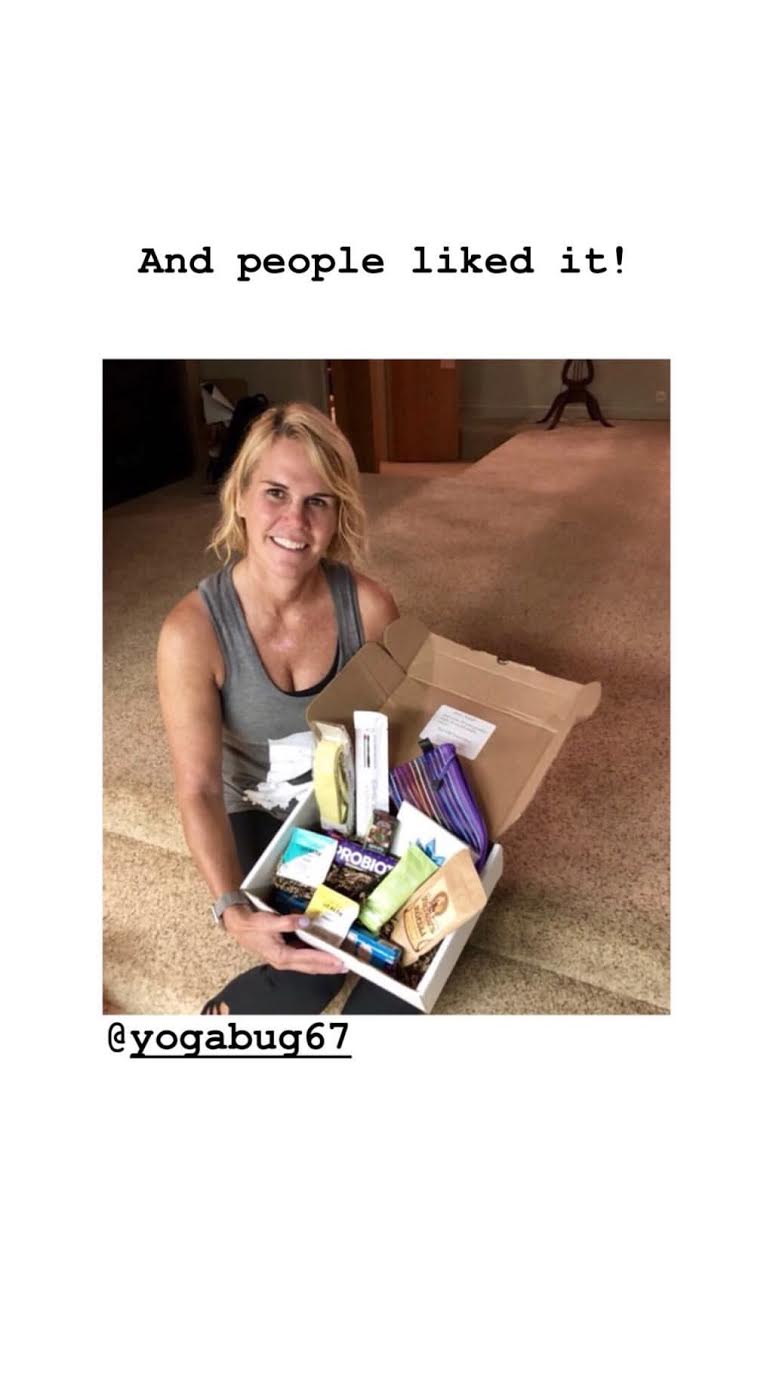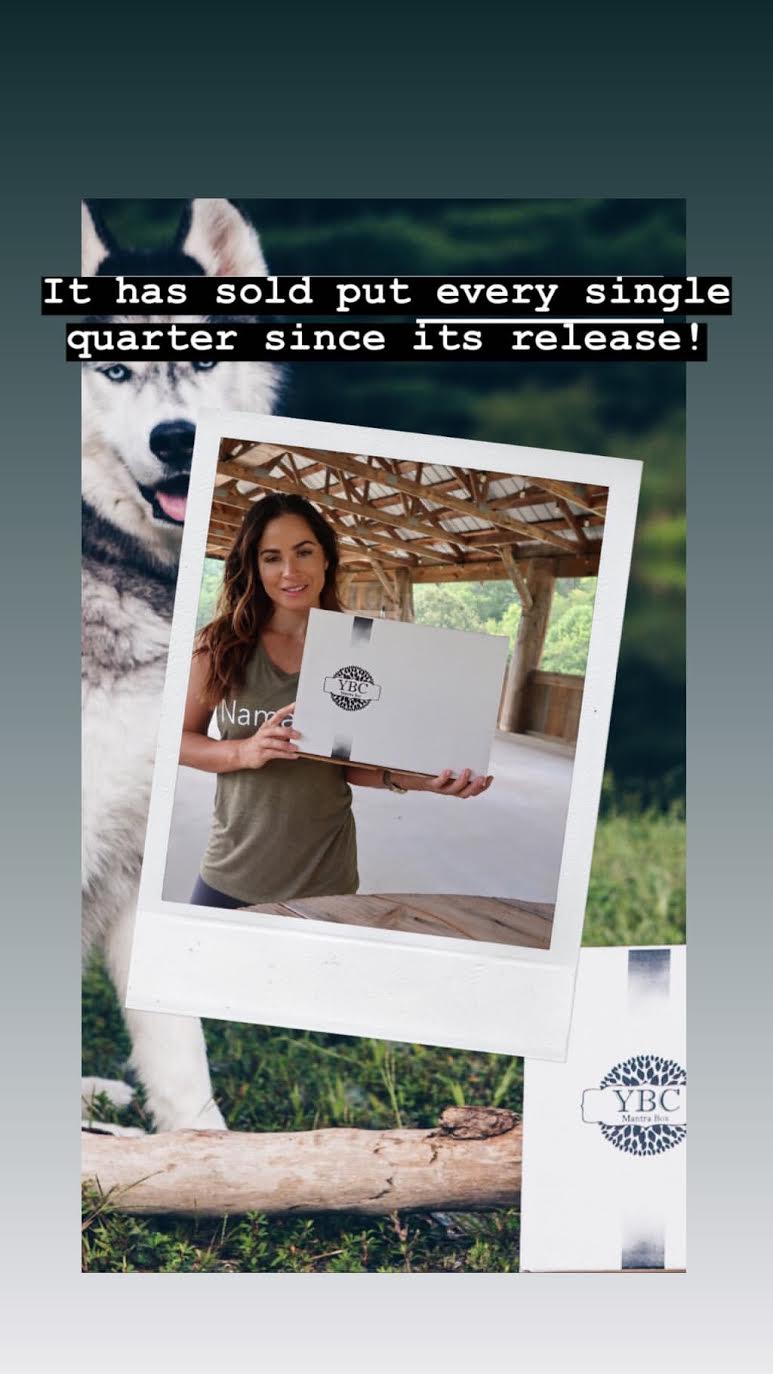Also, don't forget to pre-order your Winter Mantra Box®! We are almost sold out and you definitely want to get your hands on this one!
Last December, I held the first ever Namaslay® Business and Marketing Retreat in Scottsdale, Arizona, where I offered yoga teachers and entrepreneurs workshops on marketing their business, creating passive revenue streams and holding successful retreats and workshops. It’s hard to make ends meet as a yoga teacher, so it’s only natural to start thinking of passive revenue streams, products you can offer, and in-person classes at higher price points like workshops and retreats. One of the reasons I started these Namaslay® Marketing and Business Retreats is because it’s easy to dream up a phenomenal retreat idea, but marketing it is a completely different beast and requires an entirely different skill set. I wanted to share one tip for all the yoga teachers out there who are trying to market their offerings.
What I generally see happen is people will simply say: “I put together a handstand program! Swipe up to buy!” Or, “I’m running a retreat in Mexico! Use code FACEBOOK to join at a discount!”
While you might get a handful of sales this way, it’s just not a great way to market your offerings, and I think there’s a better way that will garner more sales.
My tip? You’re not selling a handstand program. You’re selling a journey of strength and a test of endurance, discipline and will. You’re not selling a Mexican Yoga Retreat, you’re selling a time for self-care, a time for introspection, a week of laughs and friendship and wonder.
Take the Mantra Box®, for instance. For those of you who don’t know, the Mantra Box® is our quarterly discovery box. It all started like this, which I shared on my Story on Instagram:
Slide 1: An intro.
Purpose: This tells the back story of my “problem” which was that I was receiving a ton of cool stuff from small businesses I knew my following would like, but there wasn’t that much I could do with that cool stuff in terms of earning revenue, and I had overhead to cover and employees to pay.
Slide 2: My thinking process began.
Purpose: I’m explaining the dilemma (small businesses sending me stuff I couldn’t earn revenue off) as I consider what I have working in my favor (a solid following).
Slide 3: Putting a face with the name.
Purpose: It’s important to show the people behind the company, because consumers are often visually motivated. They know that they have purchasing power, and seeing the face of the person they’re supporting can go a long way in building a longstanding relationship.
Slide 4: Showing the product and explaining details behind it.
Purpose: I wanted to explain the reasoning behind why we only make 150 Mantra Boxes® available. It’s because it primarily supports small businesses (read the next slide for more).
Slide 5: Giving more insight into the reasoning behind the inventory.
Purpose: It drives home the fact that Mantra Box® supports small business.
Slide 6: Sweetening the deal with reasons as to why it’s advantageous to them.
Purpose: Now that they understand where the idea came from, who it supports and how it was designed, we can share more details about why they might want to purchase it.
Slide 7: Talking about our marketing efforts.
Purpose: A funny slide goes a long way, and I also love the idea that people get the see our thought process behind our marketing strategies.
Slide 8: Showing real people enjoying the product.
Purpose: Again, it’s all about personal connection. When you can see members of your own community supporting one another and enjoying the product, you can begin to visualize yourself either being the consumer, the small business or the person who thought the idea up. It’s inspiring on so many levels.
Slide 9: Proof of concept
Purpose: This is showing that the idea was a good one - it’s come to life and people are enjoying the product.
Slide 10: Showing how the small businesses benefitted.
Purpose: This particular slide does a couple things. It shows the power of engaged communities, it teaches the consumer how powerful it is when they tag brands, and it shows small businesses the kind of traction they can get.
Slide 11: Talking about its success.
Purpose: This does two things - 1) It sends the message that people need to be quick to pre-order before we’re out of stock, and 2) the larger message is one of inspiration. You have an idea, you go after it, it comes to life, it sells!
Slide 12: Reinforcing how everyone wins.
Purpose: Drives the message home that this product benefits the consumer, the partners, and YBC®. It reinforces the idea that consumers have purchasing power. The final slide was one encouraging people to swipe up and purchase.
Feedback
I love Instagram so much because you can engage with customers in a way you never could before! I also know that I have a lot of entrepreneurial minded people who follow my account, so I truly value their opinions and feedback. I got a couple messages like this, but this one really spoke to me:
See? The quick: “HURRY AND SIGN UP FOR MY THING AND USE THIS CODE” certainly can work, but I think a more powerful, meaningful marketing strategy is one that explains the deeper purpose - the why - of your product or offering.
We cover things like this and so much more in our Namaslay® Business and Marketing Retreat for yoga teachers (or other entrepreneurs). Our next one takes place in Austin this fall, so be sure to sign up now to join!














